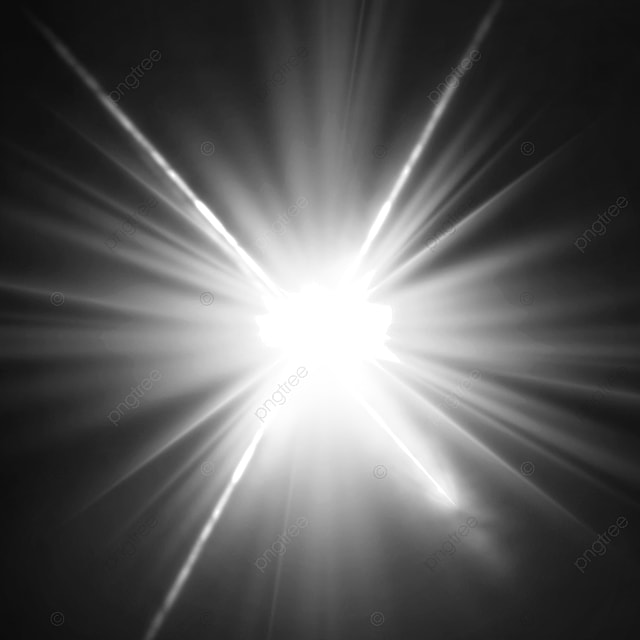
We’re often taught to pursue the light in life—to focus on joy, positivity, and enlightenment. But what if the very darkness we try to avoid holds the key to our deepest wisdom and spiritual growth? What if our struggles, doubts, and fears are not obstacles, but gateways to realizing our divinity?
In today’s post, we’ll explore this concept of embracing darkness, drawing insights from the teachings of Carl Jung, Joseph Campbell, Alan Watts, Helena Blavatsky, and the story of The Fallen Angel. Together, these perspectives help us see that both light and dark are essential for true spiritual evolution. So, let’s dive in.
“One does not become enlightened by imagining figures of light, but by making the darkness conscious.” – Carl Jung
1. Carl Jung and the Shadow: Making the Darkness Conscious
If you’ve ever heard the term shadow work, you’re already familiar with Carl Jung’s idea that we all carry within us a shadow—the parts of ourselves we suppress or deny. According to Jung, these hidden aspects of our psyche aren’t bad or evil, but they do need to be acknowledged and integrated if we want to become whole.
Jung’s famous quote, “One does not become enlightened by imagining figures of light, but by making the darkness conscious,” reminds us that true growth requires us to face the darker parts of ourselves. Ignoring or repressing our fears and insecurities only makes them more powerful. By bringing them into the light of our awareness, we can heal and transform them.
This is why embracing your darkness is so important. It’s not about dwelling on negativity, but rather seeing it as a crucial part of your journey toward realizing your highest self. By doing so, you become a more authentic, integrated version of yourself.
“The cave you fear to enter holds the treasure you seek.” – Joseph Campbell
2. Joseph Campbell’s Hero’s Journey: Descending into Darkness for Transformation
Joseph Campbell’s Hero’s Journey offers another powerful metaphor for embracing the dark. In every great myth and story, the hero must descend into the unknown, often facing their deepest fears, before they can emerge transformed. This part of the journey is critical because it’s where the hero gains the wisdom and strength they need to fulfill their destiny.
Campbell famously said, “The cave you fear to enter holds the treasure you seek.” This resonates with Jung’s shadow work, showing us that the darkness we fear is where we’ll find our greatest growth. It’s not just about surviving hardship—it’s about transforming through it.
In your own life, think of the challenges you face as your own hero’s journey. When you face the “cave” of your fears and doubts, you’re not just enduring suffering; you’re also opening yourself up to the treasure of wisdom and self-realization that comes with it.
You can’t have pleasure without pain, and you can’t know the light unless you’ve seen the darkness.” – Alan Watts
3. Alan Watts and Non-Duality: Light and Dark as Two Sides of the Same Coin
Alan Watts, a philosopher who helped bring Eastern thought to Western audiences, taught that duality—such as light versus dark, good versus evil—is an illusion. Watts often referenced the yin-yang symbol, which beautifully shows how light and dark are interconnected and interdependent.
In Watts’s view, one cannot exist without the other. Trying to live only in the light while rejecting the dark creates imbalance. He reminds us that real spiritual freedom comes from embracing the full spectrum of life’s experiences.
As Watts put it, “You can’t have pleasure without pain, and you can’t know the light unless you’ve seen the darkness.” So, when you feel challenged by life, remember that this is part of the natural ebb and flow of existence. Both light and dark have roles to play in your journey.
“I was not cast out. I descended into darkness to hold space for the forgetting, so that beings could experience both light and dark, and ultimately remember who they truly are.” – Lucifer, the Light Bringer
4. The Fallen Angel: Lucifer’s Descent and the Role of Darkness
In the story of The Fallen Angel, we encounter a powerful reimagining of the figure of Lucifer, not as a symbol of evil but as a being who voluntarily descends into darkness for a higher purpose. Lucifer’s fall represents a journey into shadow to bring light to the most hidden, unhealed places within the self. His story teaches us that the darkness we fear or resist is not a place of punishment, but one of transformation.
In this retelling, Lucifer faces immense fear and the weight of separation, but ultimately comes to recognize that he, too, is part of the divine. Through his descent into the darkest realms, Lucifer realizes that darkness itself holds the seed of light.
“I was not cast out,” Lucifer explains in the story, “I descended into darkness to hold space for the forgetting, so that beings could experience both light and dark, and ultimately remember who they truly are.”
This mirrors our own spiritual journeys. We are often taught to fear our darkness or label it as wrong, but like Lucifer, we are asked to descend into these shadowy places to bring back the wisdom and light they hold.
“Lucifer is divine and terrestrial light, the ‘Holy Ghost’ and ‘Satan’ at one and the same time.” – Helena Blavatsky
5. Helena Blavatsky and Lucifer: Reinterpreting Darkness as Divine
Helena Blavatsky, a central figure in Theosophy, also reinterpreted Lucifer as the Lightbringer. For Blavatsky, Lucifer represents the soul’s journey into the material world, descending into darkness in order to rise again into the light. This closely aligns with the message of The Fallen Angel—that darkness is not to be feared but is part of the divine plan for growth and transformation.
Blavatsky’s teachings, like the story of Lucifer, challenge the simplistic notion of good versus evil, inviting us to see darkness as part of the sacred cycle of transformation. “Lucifer is divine and terrestrial light, the ‘Holy Ghost’ and ‘Satan’ at one and the same time,” she writes.
In embracing this perspective, we begin to understand that even the shadow—our fears, doubts, and challenges—holds divine potential.
6. Metaphysical Teachings: Your Darkness is Your Divinity
Finally, in metaphysical teachings, particularly from figures like Tobias and Adamus Saint Germain, we find the clear message that “your darkness is your divinity.” This means that the parts of ourselves we fear, doubt, or reject are actually essential to our spiritual evolution.
Darkness isn’t the opposite of light—it’s a complement to it. Just as in Jung’s shadow work, the process of spiritual awakening involves integrating both the light and the dark aspects of ourselves. In this way, we become whole, realizing that both our light and our shadow are part of our divine nature.
Conclusion: Embrace the Fullness of Your Journey
As we’ve seen through the insights of Jung, Campbell, Watts, Blavatsky, and the story of The Fallen Angel, embracing your darkness is not about succumbing to negativity—it’s about understanding that light and dark are both essential to your spiritual evolution. The challenges, fears, and doubts you face are opportunities for growth. By acknowledging and integrating them, you move closer to realizing your true, divine self.
So, the next time you’re tempted to push away your darker feelings or experiences, remember that these, too, are part of your journey toward wholeness. After all, it’s in the darkest moments that we often find the brightest light.
If you found this exploration meaningful, I invite you to join the conversation. How have you embraced your own shadow? What lessons have you learned from facing your fears? Share your thoughts in the comments, and don’t forget to subscribe for more insights on spiritual growth and awakening.
